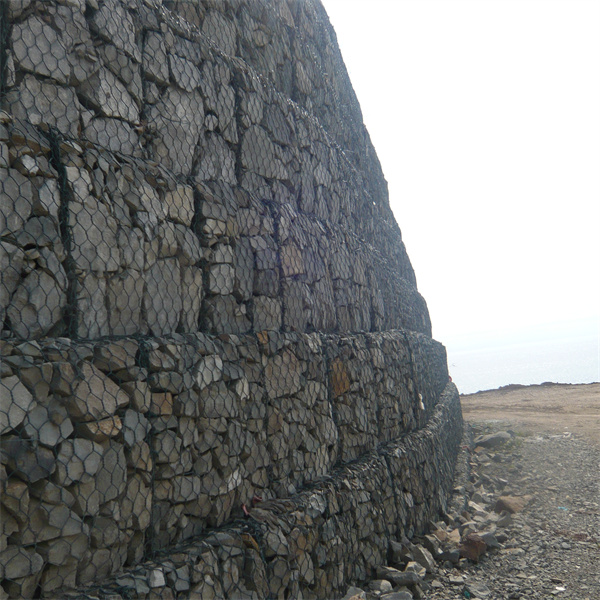okt . 31, 2024 13:40 Back to list
Building Gabion Structures for Effective Riverbank Protection and Erosion Control
The Importance of Gabion Walls for River Bank Protection
Gabion walls have emerged as a vital solution for protecting river banks from erosion, flooding, and other environmental challenges. These structures, made from wire mesh cages filled with stones, are both effective and environmentally friendly, making them a popular choice for civil engineering projects around the world.
The Importance of Gabion Walls for River Bank Protection
In addition to preventing erosion, gabion walls also play a crucial role in flood control. During periods of heavy rainfall, rivers can rise rapidly, leading to potential flooding in adjacent areas. The structure of gabion walls allows them to withstand high water pressure and reduce the risk of flooding. Their porous nature enables water to pass through while still providing support to the soil behind them, which helps to prevent the build-up of hydrostatic pressure that can lead to failure of conventional walls.
gabion wall river bank

Another significant advantage of using gabion walls is their adaptability and low maintenance. These structures can be designed to fit various landscapes and can easily blend into their natural surroundings. The use of local stones not only minimizes transportation costs but also enhances the aesthetic appeal of the area. Furthermore, gabion walls are durable and require minimal upkeep, making them a cost-effective solution in the long term.
Environmental considerations are paramount in today’s construction methods, and gabion walls are in line with sustainable practices. They promote natural vegetation growth by allowing plants to take root in the gaps between stones. This can enhance biodiversity in the riverbank area, attracting various species of flora and fauna. Additionally, as the stones weather over time, they contribute to the natural ecosystem, enhancing soil quality and supporting wildlife.
Despite their advantages, it is crucial to design gabion walls appropriately. Factors such as river flow, soil type, and the specific ecosystem need to be considered to ensure the structures perform effectively. Collaborating with engineers and environmental scientists can lead to the successful implementation of these walls.
In conclusion, gabion walls are an excellent solution for the protection of river banks. Their ability to prevent erosion, control flooding, and promote sustainability while being economically viable makes them an essential tool in modern civil engineering. With the increasing challenges posed by climate change and urbanization, employing gabion walls will be crucial in preserving riverbank integrity and the surrounding environments for future generations.
-
HESCO Gabion Baskets for Coastal Erosion Prevention
NewsAug.22,2025
-
Longevity and Durability of River Rock Gabion Walls
NewsAug.22,2025
-
How to Integrate Gabion 3D Walls in Urban Planning
NewsAug.22,2025
-
Reno Mattress Gabion Applications in Civil Engineering
NewsAug.22,2025
-
How to Install Wire Mesh for Gabion Baskets Properly
NewsAug.22,2025
-
Best Materials for Filling a Chain Link Gabion
NewsAug.22,2025
-
Wire Mesh Thickness Impact on Gabion Wall Load Bearing
NewsAug.12,2025






